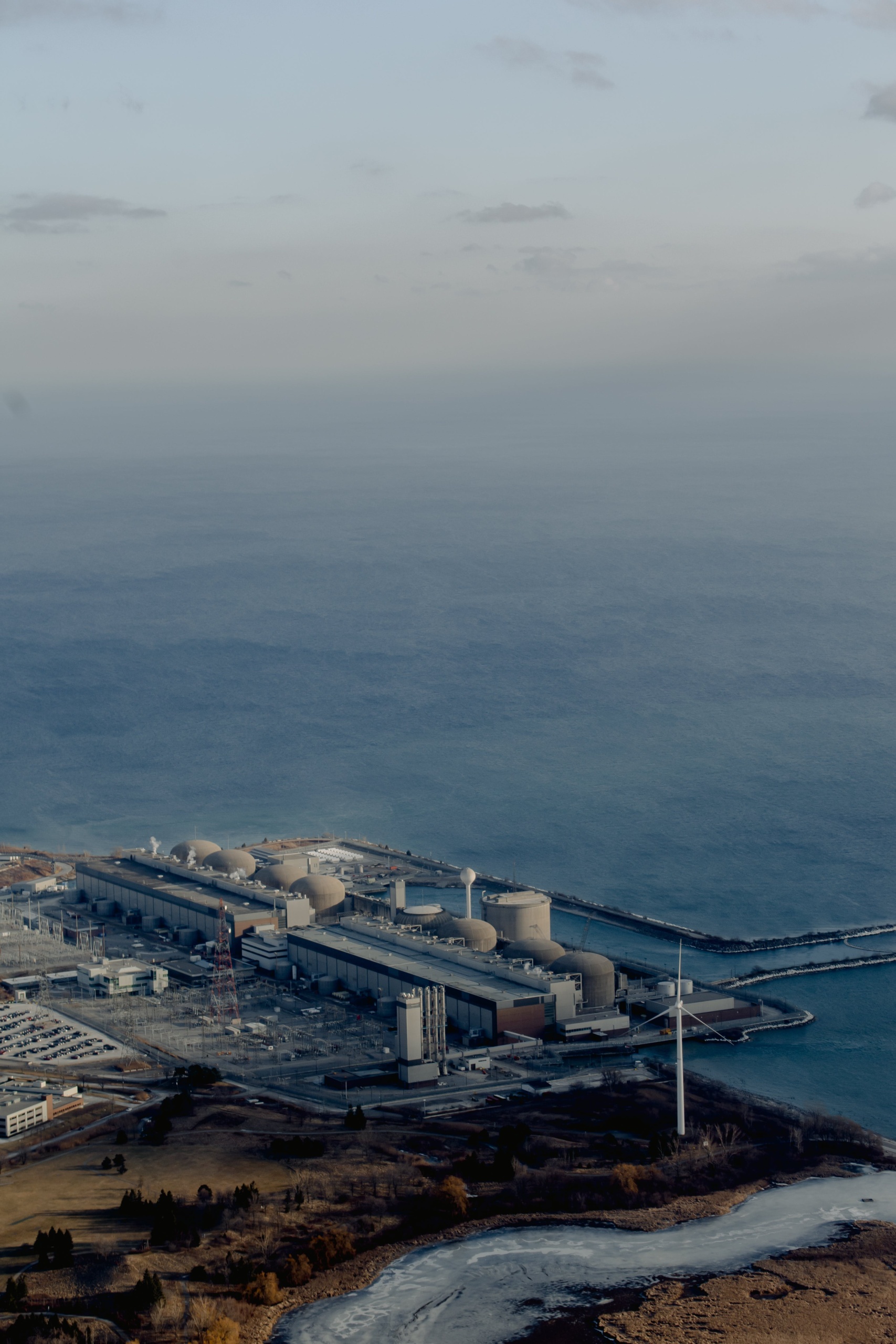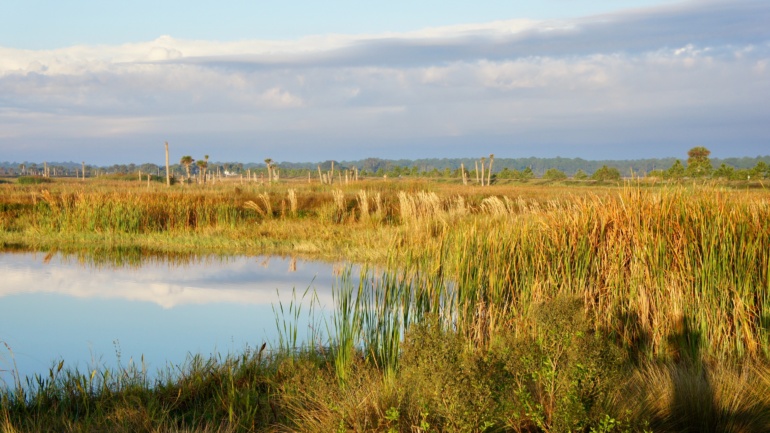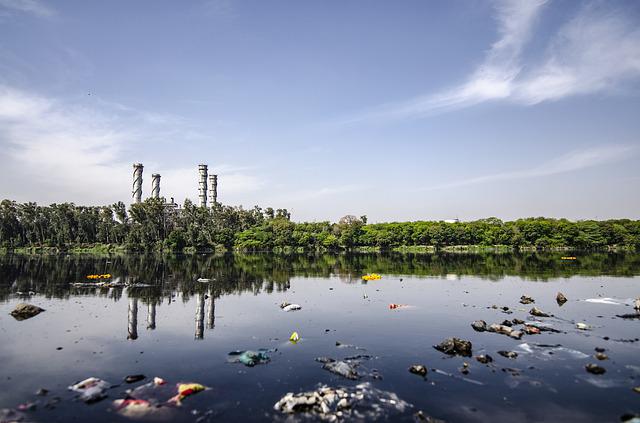By Samhar Almomani, Publishing Associate: Researcher and Writer at Save the Water™ | November 17, 2023
Oneka Technologies is developing floating desalination machines with the goal of turning seawater into fresh water. The Quebec-based company aims to increase resilience to climate change while also reducing greenhouse gas emissions and water costs. Oneka Technologies casts a wide net. It states that it can provide fresh water to different entities, such as cities and communities, industries, and irrigation.
Fresh water sources are scarce, as only 3% of Earth’s water is freshwater. That number falls to 1% when you exclude water that is locked up in icy glaciers. Therefore, this technology can make a big difference. We’re sure to need more desalination facilities in the near future, which makes Oneka Technologies’ technology valuable.
Current Desalination Efforts
There are currently two methods for desalination: thermal desalination (distillation) and reverse osmosis. Thermal desalination, which has been around for longer, is the process of evaporating saltwater and then condensing the vapor water. This leaves the salt behind, providing us with freshwater. Most of these facilities use waste heat from power plants to evaporate the water. Although this method is becoming less popular, many Arab countries still use it, such as Saudi Arabia, Kuwait, the United Arab Emirates, and Qatar.
The second method, reverse osmosis, is done by taking water from the sea and treating it. This gets rid of seaweed, oil, and other impurities. Once the water is filtered from those substances, it passes through a remineralization and chlorination process. Afterwards, it’s sent to water distribution facilities. Finally, brine water that resulted from reverse osmosis is diluted and returned to the sea.
Disadvantages of Current Desalination Methods
Unfortunately, these desalination processes are not sustainable or efficient. Worldwide, desalination requires more than 200 million kilowatt-hours every day. This has a high economic cost. Furthermore, it gets even more complex due to frequent fluctuations in the energy market and increased CO2 emissions. Therefore, the need to find a new, more sustainable technology is evident and urgent.
If we’re unable to get enough water, we may face a lot of hardships:
- Inadequate sanitation, leading to diseases such as cholera
- Harmful effects on physical well-being of people, especially children
- Food scarcity due to inability to grow crops
- Generational poverty due to unhygienic living conditions
The New Desalination Technology
The Oneka Technologies machine is anchored offshore and filters thousands of liters of water daily. The machine does this in an environmentally friendly way. Thus, it’s a major shift towards a more sustainable long-term desalination process. The buoyant machine uses waves to power its processes. It absorbs energy from the sea’s waves and converts it into mechanical force. The mechanical force pulls in the water, circulates the water in the desalination system, and sends the purified water to the shore.
Oneka Technologies’ machine does not emit any greenhouse gasses, use electricity, take up land, or excrete any chemicals. With the goal of being a commercial-space project that helps coastal communities, the machine can provide water to 100 to 1,500 people per day depending on the individuals’ consumption.
The machine has many benefits:
- It can be scaled and adjusted based on the water consumption needs of the clients.
- Its mesh strainers are 60 microns in order to prevent the suction of fish eggs or marine animals.
- The brine it discharges is eco-friendly and has negligible impact on the marine flora and fauna.
- It’s said to be storm-resistant and can withstand 20-foot waves without needing intervention.
However, there are some disadvantages that come with this technology as well. Although it can withstand 20-foot waves without needing intervention, it will need support in tougher weather conditions. This can greatly limit where the machine can be placed. Also, although the brine discharged may have negligible impact on marine life, there’s still an effect due to the saltiness of the water being deposited. We don’t fully know how this could alter the flora and fauna.
What the Future Holds For Desalination
Communities around the world desperately need water, with the need ever-increasing. However, current desalination efforts may not be the best way forward. These technologies aren’t sustainable or efficient. They have a high energy consumption and release brine back into the sea.
Oneka Technologies’ machine can be a game changer for water desalination efforts. It’s fully mechanically driven. Also, it can provide 13 thousand gallons of water a day. As a result, it provides a promising future for water scarcity. The hope is that Oneka Technologies’ machine not only provides a way for providing fresh water to communities around the world, but also acts as a stepping stone for potential future technologies.





